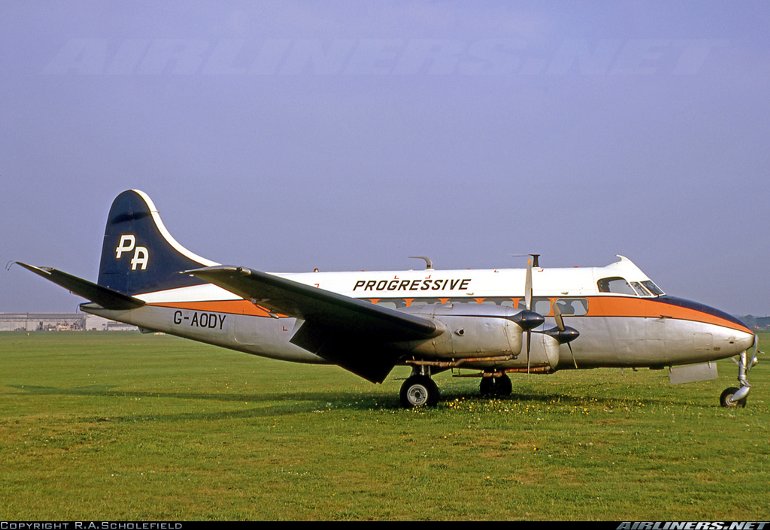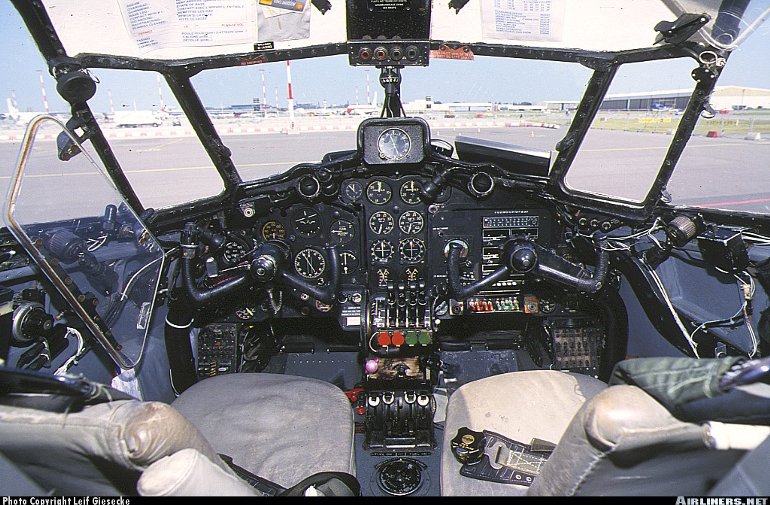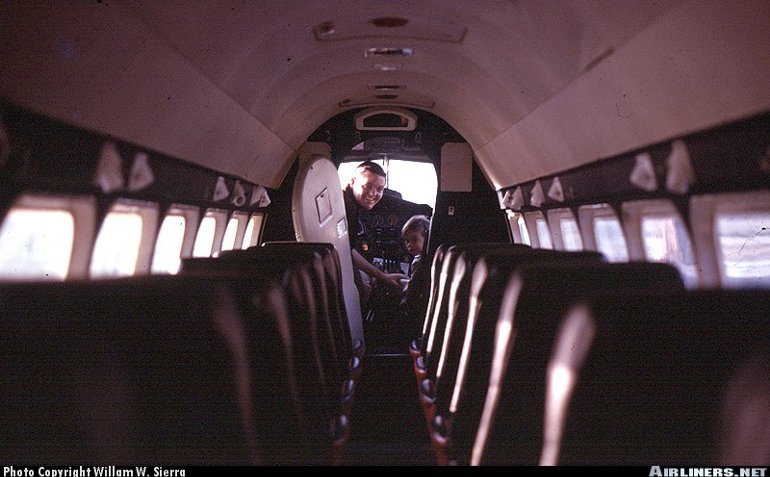Aircraft Technical Data
De Havilland DH.114 Heron



| Details | |
| Country of Origin | United Kingdom |
| Type | 14 seat commuter airliner |
| History | The DH.114 Heron is a stretched, four engined development of de Havilland's successful DH.104 Dove. Only a few years later in development than the Dove on which it was based, design work on the Heron began in the late 1940s, resulting in the prototype's first flight on May 10 1950 (the Dove first flew in 1945). In designing the Heron, de Havilland made as much use of Dove componentry as possible, and so both types feature the distinctive slightly raised cockpit and separate main cabin and metal construction. Initial Heron production aircraft also featured fixed undercarriage (unlike the retractable gear Dove). Major differences include the four 185kW (250hp) Gipsy Queen engines (as opposed to two 255 to 300kW/340 to 400hp Gipsy Queen 70s), greater span wings, a longer and taller fuselage and greater seating capacity. The first Series 1 production Herons were delivered to New Zealand National Airways in 1952. Also in 1952 the first Series 2 Heron first flew on December 14. The 2's main improvement over the 1 was retractable undercarriage, which for a weight penalty of 75kg (165lb) increased cruising speed by 32km/h (17kt), while other standard and optional improvements were minor in nature. The Heron 2A was certificated for use in the USA, and an equivalent 2B executive version was also offered. The 2C and equivalent executive 2D have greater weights. The Heron has been the subject of numerous conversion programs. In the USA Riley converted 20 to be powered by Lycoming IO540s (eight more were converted in Australia), while Prinair converted a further 29 to Lycoming power. The most ambitious Heron conversions were performed by Saunders, whose ST27 conversions feature two Pratt & Whitney Canada PT6 turboprops and a stretched fuselage. In addition, Tawron converted six Series 1 Herons with Continental engines |
| Powerplants | Series 2 - Four 185kW (250hp) de Havilland (later Bristol Siddeley) Gipsy Queen 30 Mk 2 six cylinder inline piston engines driving two blade de Havilland constant speed propellers. Series 2E/A1 - Four 215kW (290hp) Lycoming IO540B1A5 flat six piston engines driving three blade constant speed props. |
| Performance | Series 2 - Cruising speed 307km/h (166kt), economical cruising speed 295km/h (160kt). Initial rate of climb 1075ft/min. Service ceiling 17,200ft. Range with max fuel and reserves 2873km (1550nm). |
| Weights | Empty 3848kg (8484lb), max takeoff 6124kg (13,500lb). |
| Dimensions | Wing span 21.80m (71ft 6in), length 14.80m (48ft 6in), height 4.75m (15ft 7in). Wing area 46.4m2 (499sq ft). |
| Capacity | Flightcrew of two. Typical main cabin seating for 14 at two abreast with a central aisle. Alternative seating for 15 or 17. Executive versions with seating for eight. |
| Production | 149 Herons built comprising 51 Series 1s and 98 Series 2. Conversions include 28 Riley Herons, six by Tawron, 29 by Prinair and 13 Saunders ST27s. A handful remain in commercial service. |
| Related Links | De Havilland DH.114 Heron |
The backbone of this section is from the The International Directory of Civil Aircraft by Gerard Frawley and used with permission. To get your own copy of the book click here. |
|








